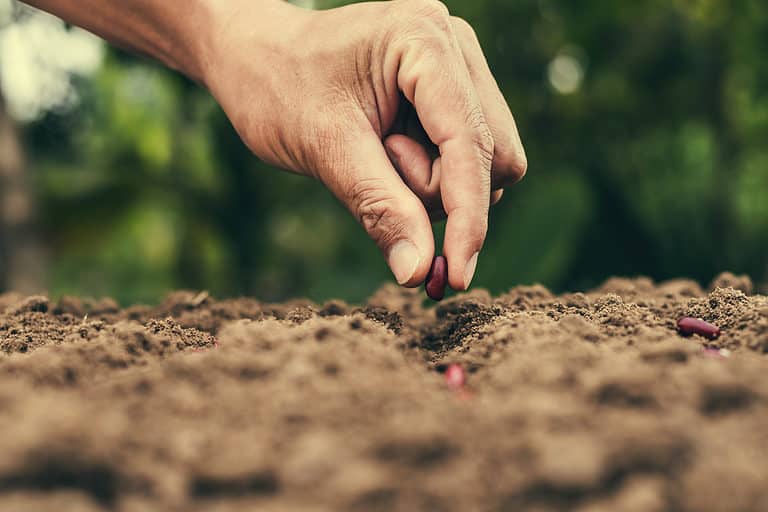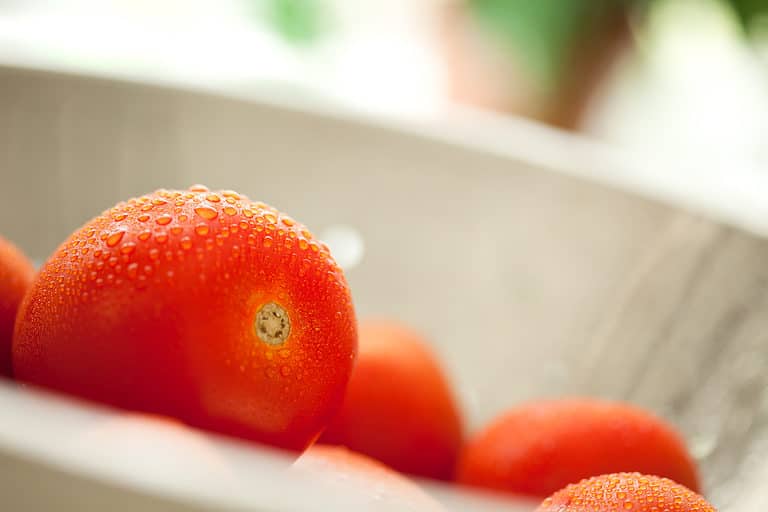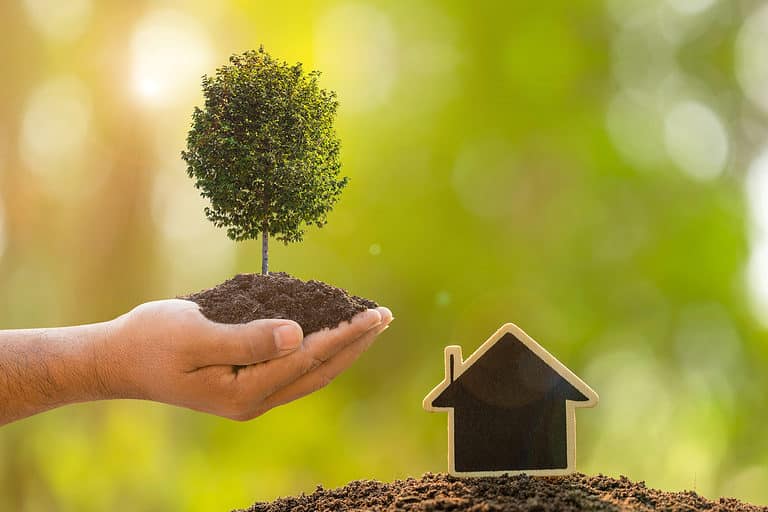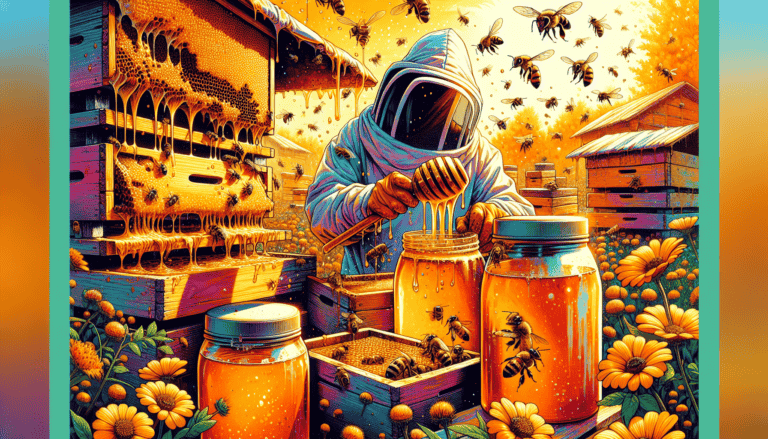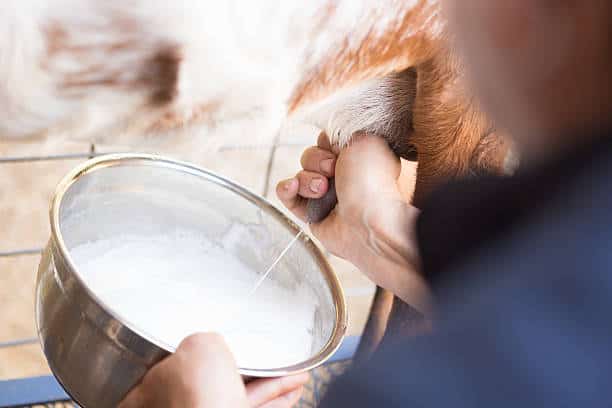Hot vs. Cold Composting
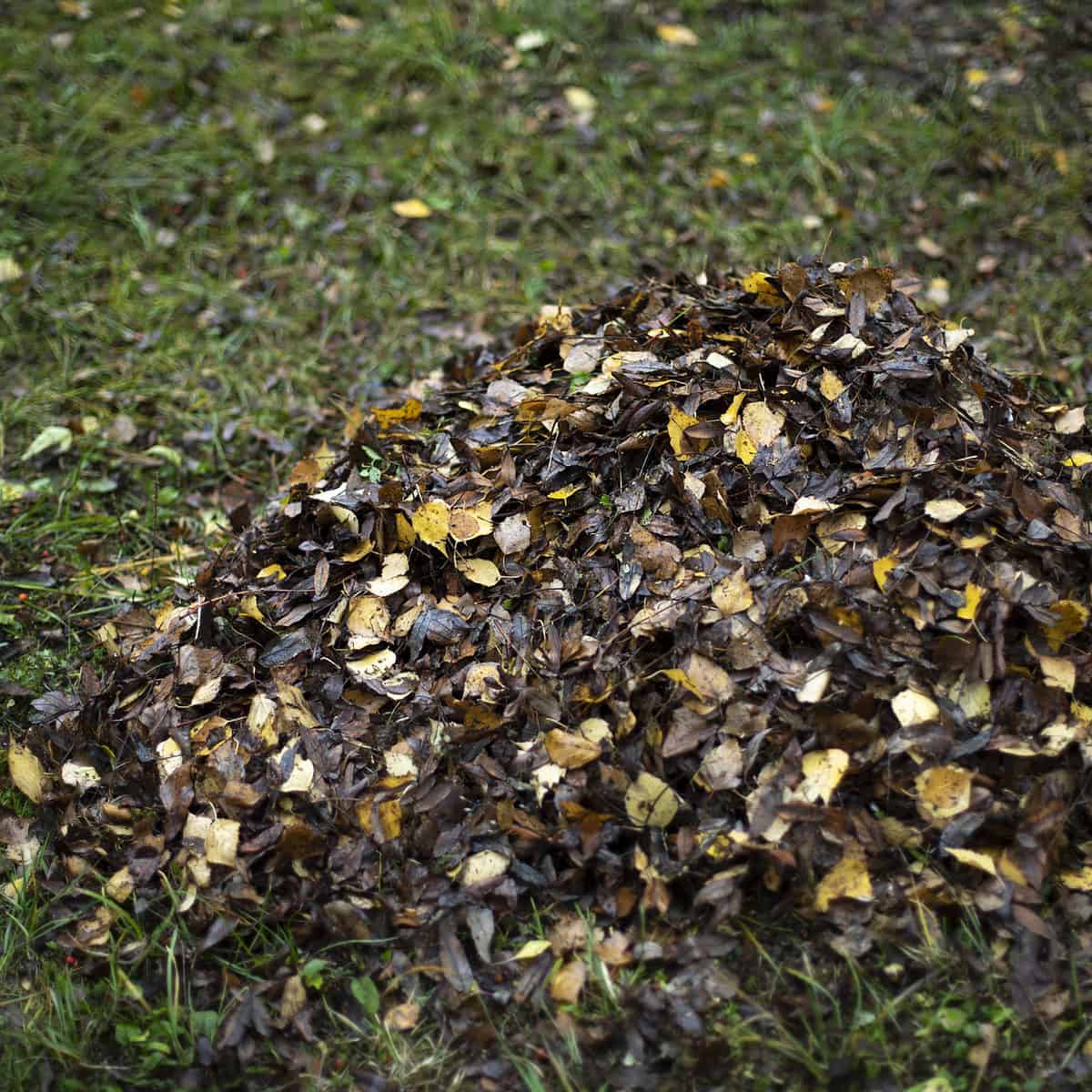
Composting is a natural process that breaks down organic material, such as food scraps and yard waste, into a nutrient-rich soil amendment known as compost. There are two main methods of composting: hot vs cold composting. Both methods have their own advantages and disadvantages. And, the best method for you will depend on your resources and goals.
Hot vs Cold Composting
Hot Composting
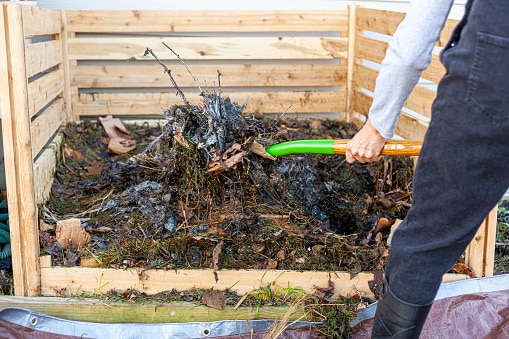
Another name for hot composting is active composting. It is a faster method of composting that can produce finished compost in as little as a few weeks. This method involves creating a pile of organic material and maintaining specific conditions. Such as moisture, oxygen, and temperature, to promote the growth of thermophilic bacteria. These bacteria thrive in high heat and are responsible for breaking down the organic material.
To create a hot compost pile, you will need to follow a few steps:
- Begin by layering green materials, such as grass clippings and food scraps, and brown materials, such as dried leaves and twigs, in a pile or bin. The ratio of green to brown materials should be roughly 2:1.
- Add a small amount of soil or finished compost to the pile to introduce beneficial microorganisms.
- Moisten the pile with water to keep it slightly damp.
- Use a compost thermometer to monitor the temperature of the pile. The ideal temperature range for hot composting is between 120-160°F.
- Turn the pile every few days to aerate it and help distribute heat and moisture evenly.
- When the temperature of the pile begins to drop, it is a sign that the composting process is slowing down. This is a good time to add more green materials to the pile to boost the temperature.
Benefits of Hot Composting
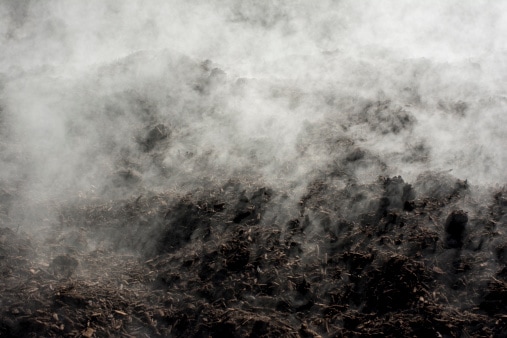
There are several benefits of hot composting. It is a faster method of composting, as it can produce finished compost in a shorter amount of time. It also kills weed seeds and pathogens, making the finished compost safer to use in the garden.
However, hot composting requires more effort and resources, as you will need to turn the pile regularly and monitor the temperature. It also requires a larger amount of organic material to maintain the high heat needed for thermophilic bacteria to thrive.
Cold Composting
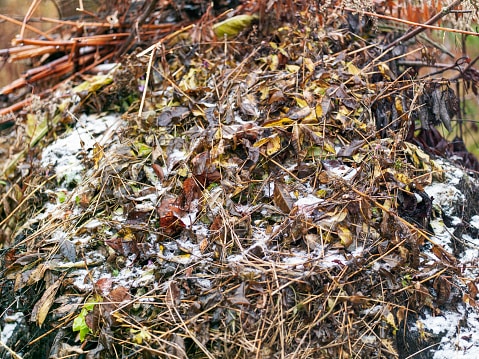
Cold composting, also known as passive composting, is a slower method of composting that relies on the natural decomposition process of microorganisms. This method involves simply adding organic material to a pile or bin and allowing it to decompose over time, without the need for added moisture or aeration.
Also, cold composting can take several months or even years to produce finished compost, depending on the size and composition of the pile.
To create a cold compost pile, you will need to follow these steps:
- Begin by layering organic material in a pile or bin. There is no need to follow a specific ratio of green to brown materials, as the pile will decompose at a slower rate.
- Add a small amount of soil or finished compost to the pile to introduce beneficial microorganisms.
- There is no need to add moisture or aerate the pile, as the decomposition process will occur naturally over time.
- Add more organic material to the pile as it becomes available.
Benefits of Cold Composting
Cold composting has several benefits. It is a low-maintenance method of composting that requires minimal effort and resources. It is also a good option if you do not have a large amount of organic material to compost, as it can be done with small amounts of scraps and yard waste. However, it is a slower method of composting, and the finished compost may not be as nutrient-rich as compost produced through hot composting.

